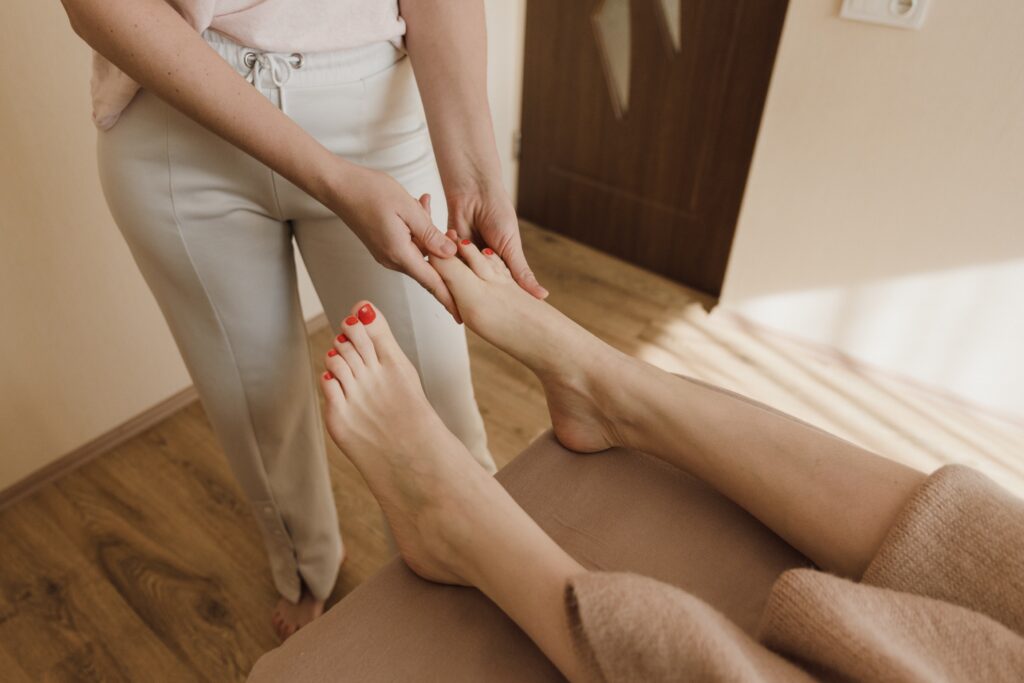Physical Therapy for Claw, Mallet, or Hammer Toe Recovery
Introduction
If you have claw, mallet, or hammer toe, physical therapy may be the best way to address your foot pain. Hammer toes are caused by an imbalance in muscles and tendons that control toe movement resulting in deformity of the affected toe. Claw and mallet toes happen when one of these tendons becomes too tight and causes the end joint to bend downward. Fortunately, physical therapy can help.
Physical therapy for claw, mallet, or hammer toe is designed to restore strength and flexibility to the affected joint. A physical therapist will assess your muscle imbalances and postural alignment in order to create a customized exercise program that will increase strength and mobility while decreasing pain.
What To Expect At Physical Therapy
During your first physical therapy session, your therapist will inquire about the duration and intensity of your pain. It’s vital to be prepared to provide detailed explanations of the activities that cause or worsen the pain in your affected toe. Additionally, your therapist will perform a thorough physical examination, including tests to assess joint range of motion, analyze your gait, evaluate muscle strength, and assess posture.
Following your examination results, your therapist will create a customized treatment plan tailored to your needs. This comprehensive plan may consist of stretching exercises to improve mobility, strength-building exercises to support the affected joint, and postural re-education if necessary. They may also employ additional modalities such as orthotics, ultrasound, or massage therapy to enhance your recovery.
What Types of Exercises You Might Do
Your physical therapist will create an individualized exercise program to address your specific needs, but here are some common exercises you may be asked to do and why:
Ankle circles: This exercise stretches and strengthens the muscles in your feet, helps improve range of motion in the affected joint, and can reduce pain.
Toe curls: These exercises help strengthen the small muscles in your toes that support the joint. Stronger muscles will help stabilize the joint against further injury or re-injury.
Toe stretches: These exercises increase flexibility in the muscles and joint, as well as reduce pain.
Balance training: Improving balance can help you avoid falls or other accidents that may worsen your symptoms.
How Long Recovery Takes
The length of physical therapy required for claw, mallet, or hammer toe varies based on symptom severity and adherence to the prescribed treatment plan. Typically, individuals can expect to experience improvement within two to three weeks of consistent treatment. It is crucial to follow your therapist’s guidance in order to receive the best results.
How Physical Therapy Prevents Reinjury
Physical therapy is an important part of injury prevention for claw, mallet, or hammer toe. Through strengthening exercises and balance training, you can reduce your risk of re-injury by improving the stability and strength in the affected joint. Your physical therapist may also provide you with orthotics or assistive devices that can help protect against future injury.
Conclusion
Conditions like claw, mallet, or hammer toe can bring about considerable discomfort and pain. However, physical therapy offers an effective means to alleviate symptoms and avert additional injury. By following a tailored treatment plan and engaging in appropriate exercises, you can lower the possibility of reinjury and enhance your overall quality of life.

